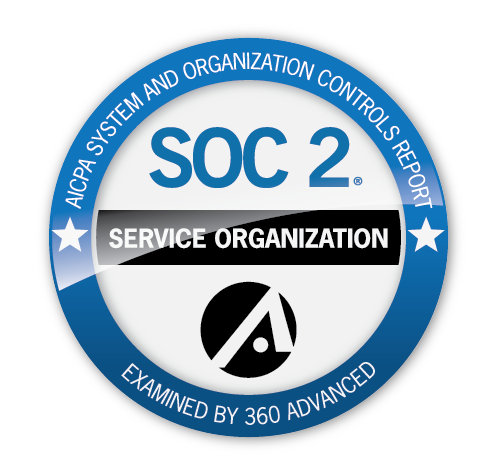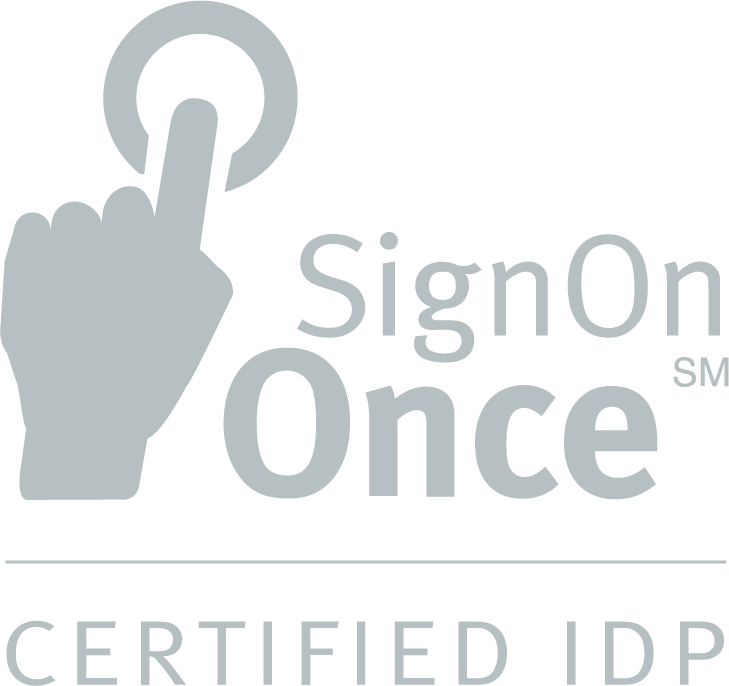As the initial wave of AI hype recedes, a clearer picture emerges of where the technology is delivering measurable value versus where it presents undue risk for MGAs. The successful use cases are not about wholesale transformation but about enhancing operational efficiency, improving data analytics, and ensuring regulatory alignment, often by augmenting human decision-making rather than replacing it entirely.
AI tools poised for success
The following applications of AI have already demonstrated tangible benefits and are proving to be strategically sound investments for MGAs because they focus on augmenting existing workflows and enhancing data-driven decision-making, rather than attempting risky replacements of human roles. By leveraging AI in these targeted areas, MGAs are more likely to achieve immediate operational gains, improve customer satisfaction, and build a scalable foundation for future innovation.
Automated underwriting and risk assessment
AI-driven tools are highly effective in assessing high-volume, low-complexity risk like personal auto or simple property lines. By processing vast, diverse datasets —including telematics, property imagery, and historical claims — AI can generate accurate risk profiles and price policies in minutes, a process that traditionally took weeks.
The impact of this target AI use is hard to deny. According to a recent BizTech Magazine report, the average time to make an underwriting decision on standard policies drastically reduced from 3-5 days to just 12.4 minutes with the help of AI. While decisions are happening faster, they are also maintaining an impressive 99.3% accuracy rate in risk assessment. Even for complex policies, AI has delivered a 31% reduction in processing time and a 43% jump in risk-assessment accuracy.
Claims processing and fraud detection
This area is one of AI’s more effective applications, leveraging its ability to analyze large datasets and recognize patterns indicative of fraud. Data from the Coalition Against Insurance Fraud suggests that up to 10% of all property and casualty claims involve an
This proactive approach not only helps saves insurers billions annually but also dramatically accelerates settlement times, with some carriers reporting up to a 50% reduction in claim cycle times when using AI-enhanced assessment tools like computer vision for damage analysis.
Predictive risk analytics and dynamic pricing
By using machine learning to analyze historical claims, market trends, and geographical risks, MGAs can develop more accurate and dynamic pricing models. This is particularly valuable in specialty lines where risk exposure is volatile. This advanced predictive modeling allows insurers to identify emerging risks earlier and implement preventative measures, such as using property data to flag building with aging infrastructure; at high risk of water damage, enabling proactive mitigation efforts.
Customer service agents and chatbots
AI-powered virtual assistants, especially those trained on insurance-specific data, provide 24/7 service by handling routine inquiries, policy changes, and initial claims submissions. This reduces the workload on human service teams and, crucially, addresses a key source of customer dissatisfaction: slow claim settlement speed.
As mentioned in part one of this series, it’s important to be weary of tools claiming they have genuine agentic capabilities. According to Gartner, of the thousands of vendors in this space, only 130 offer actual agentic tools. This can make it difficult for MGAs to find solutions that can deliver meaningful value as many use cases touted as agentic don’t require agentic implementations.
AI tools that are likely to get the cut
Conversely, projects that overpromise, lack a clear return on investment, or introduce excessive regulatory risk are facing the Gartner-predicted 40% cancelation rate. These are often characterized by ambitious, fully autonomous goals that outpace the technology’s current maturity and governance frameworks.
Fully autonomous agentic AI
While Gartner forecasts that at least 15% of day-to-day work decisions will be made autonomously through agentic AI by 2028, fully autonomous decision-making in the MGA space is not yet a reality. Agentic systems need a complex architecture that includes persistent memory, autonomous goal formation, and continuous learning. Most of the current implementations branded as “agentic” lack the necessary contextual intelligence and transparent oversight, which is non-negotiable in a highly regulated industry like insurance.
Complex multi-agent systems
Systems designed for sophisticated, multi-party transactions, such as simulating market negotiations or handling complex multi-line risk transfer, often become expensive, opaque, and incredibly difficult to manage. For MGAs, the complexity and potential for unintended consequences in coordinating with carriers, brokers, and reinsurers outweigh the perceived benefits, adding friction instead of eliminating it.
Generative AI for critical communication
The key risk here lies in the lack of human oversight. While generative AI can draft excellent initial content, its potential to produce “hallucinations” makes it unsuitable for regulatory filings, legal disclosures, or customer-facing policy documents without rigorous human review. A single error in these critical documents could lead to severe compliance violations or reputational damage, making the current risk unacceptable for MGAs.
A framework for success: Avoiding the 40% AI failure rate
Successfully navigating this environment requires MGA leaders to move with discipline, not just speed. The evidence clearly points to a strategic imperative: embrace AI where it provides augmentation and efficiency but exercise extreme caution where it demands full autonomy and carries high governance risk.
In the final part of this series, we will outline a strategic framework with five actionable recommendations for MGA leaders to ensure their AI adoption is not part of the predicted 40% failure rate but a source of sustained competitive advantage.
Your AI future at Vertafore
Vertafore is uniquely positioned to guide your business through the AI era, marrying innovation with absolute trust. Our AI-powered platforms are designed to help you scale with confidence by delivering tangible value across generative convenience, document intelligence, and data enhancement.
These foundational AI capabilities are the engine of insurance’s distribution future. With Vertafore, you get smarter, faster ways of working through AI solutions specifically built at the intersection of innovation and trust.
Explore how Vertafore's MGA solutions can transform your operations.


